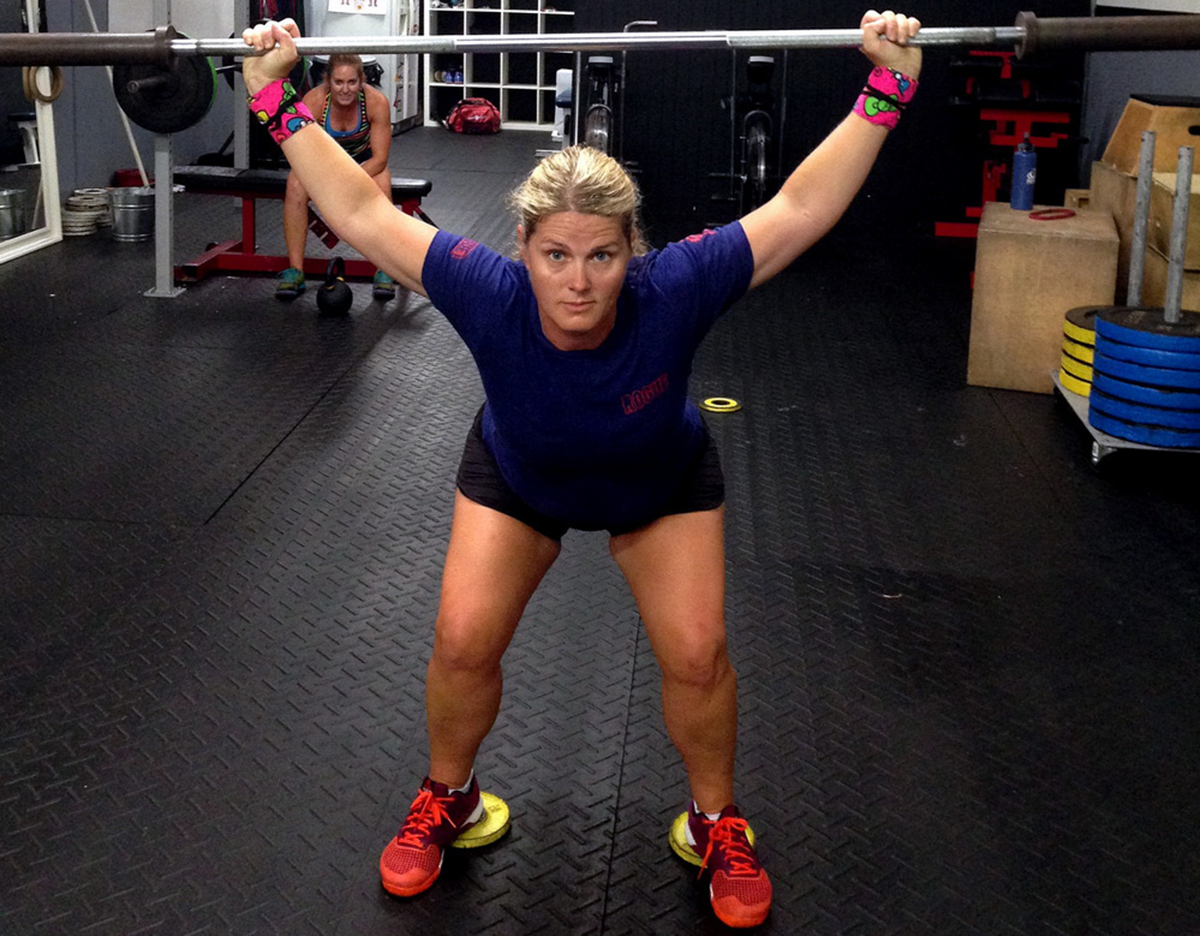Table of Contents
In fact, here’s a way to tell what kind of exercise the squat is for you:
Set up a bar in a squat rack with the pins a little way up from your normal bottom position, giving yourself a little room for manouvre. Now do a set to failure with a heavy weight.

In most cases, what will happen is that you’ll go down, struggle to come back up and then hinge at the hips and get ‘stapled’ to the floor - at least until those pins intervene.
What happened here?
That indicates that for you, the squat is a lower back exercise.
If you have a higher bar, on the tops of your traps, you’ll often find that your back doesn’t give out so soon, because it isn’t being loaded as heavily.
What causes this?
Two factors. One is simple physics, the other is simple biomechanics.
At the top is a weight. At the bottom is an engine. In the middle is a rod - your torso. That rod needs to resist compression and buckling, but really, that’s all. This is how Olympic lifters squat.
A low bar and a forward lean increases the shear force on your spine significantly.Your spine is now acting not as a column, but as a beam. If you’re ‘built for the squat’ this isn’t always a problem, and if you find yourself in the sweet spot where build, mobility and bar position intersect happily the result can be a much heavier squat. That’s why powerlifters squat this way. If you find yourself in a position where those factors don’t intersect happily, your introduction to the pattern of stresses in an end-loaded Cantilever beam will come in the office of a chiropractor, physiotherapist or orthopoedic surgeon.
So what’s to do?
Are squats good? No. Are they bad? No. Are hey effective and versatile? Yes. So if they trouble you, work to find an alternative.
One alternative is the single-leg squat
The single-leg squat, or ‘pistol,’ is a bodyweight strength and balance feat that doesn’t necessarily equate to more leg strength. But what about the Bulgarian split squat?
I’ve written on this squat variation before on SteadyHealth. Bulgarian squats - or rear-foot-elevated split squats, if you prefer to separate your Eastern European nationalism and exercise science - allow you to do a simple piece of maths: you’re halving the load on the back. If you squat 300 pounds (congratulations!) then your bilateral squat means a per-leg load of 150lb on your legs and a spinal load of 300lb. That looks like a back exercise to me. If you do Bulgarian split squats with 150lb, your per-leg loading is 150lb - and your spinal loading is 150lb. That’s beginning to look more like a leg exercise.
Now you’re going to encounter a couple of complications. Here’s functional strength coach Mike Boyle’s experience, published in 2009. He relates taking athletes whose 1 rep max - the most they could squat one time - was 400lbs. That shows that compared to most people he’s already dealing with a strong population. He cut that load in half for 200lbs - and did Bulgarian squats. So everyone could do one, right? after all, the per-leg loading - 200lb - was the same…
No. You know a reveal is coming. It was more than one. Maybe it was three, or five.
See Also: Does Everyone Need To Squat Deep?
Try 10 to 14. On each leg.
That’s the same weight - but 14 times the volume!The bottom line is this: If you want to squat, it wouldn’t matter what I said. It wouldn’t matter what anyone said. And the squat isn’t a bad exercise. But it will hit you in the weak link - and where that is will depend on bar placement, physiology, technique and genetics.
- Photo courtesy of Samantha Cristoforetti by Flickr : www.flickr.com/photos/astrosamantha/6917251311
- Photo courtesy of AngryJulieMonday by Flickr : www.flickr.com/photos/angryjuliemonday/14908563442/


Your thoughts on this